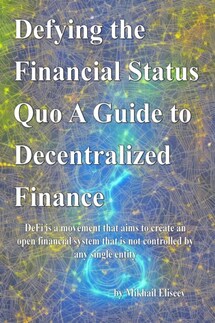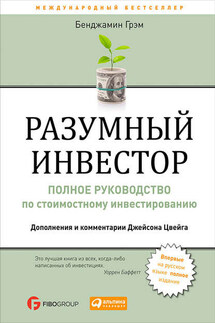A Beginner's Guide to Digital Currencies and the Blockchain - страница 7
We hope that this beginner's guide to digital currencies and the blockchain has provided you with a better understanding of this exciting and innovative technology. We wish you the best of luck on your digital currency journey!
Part 2. "The Future is Now: How Blockchain and Web3 are Changing the World"
In recent years, there has been a lot of buzz around the potential of blockchain technology and the emergence of a new decentralized web, known as Web3. From the rise of cryptocurrencies like Bitcoin and Ethereum, to the development of new applications for supply chain management, voting systems, and more, it's clear that these technologies are poised to have a significant impact on the way we live and do business.
But what exactly is blockchain and how does it work? At its core, a blockchain is a decentralized, distributed ledger that allows multiple parties to securely record and verify transactions without the need for a central authority. It's a system that is transparent, immutable, and secure, making it ideal for recording and verifying all kinds of data and transactions.
One of the key innovations of blockchain is its use of cryptographic techniques to create a secure and tamper-proof record of transactions. Each transaction is verified by multiple parties, or "nodes," on the network, and once a transaction is verified and added to the chain, it is extremely difficult to alter or remove. This makes blockchain ideal for recording and verifying all kinds of important data, from financial transactions to contracts, to supply chain information and more.
In addition to its use in financial transactions, blockchain is also being explored for a wide range of other applications. For example, it has the potential to revolutionize supply chain management by providing a transparent and immutable record of the movement of goods from supplier to customer. It could also be used to create more secure and transparent voting systems, as well as to facilitate the sharing of medical records and other sensitive information.
But blockchain is just one part of the equation. Alongside the development of blockchain technology has come the emergence of a new decentralized web, known as Web3. This new web is built on the principles of decentralization, transparency, and security, and it has the potential to revolutionize the way we interact online.
One of the key features of Web3 is the use of decentralized applications, or DApps, which are built on top of blockchain technology and run on a decentralized network. Unlike traditional web applications, which are controlled by a central authority, DApps are decentralized and controlled by the users themselves. This means that they are less prone to censorship, fraud, and other types of abuse, and it allows users to have greater control over their own data and online experiences.
Some examples of DApps that are already being developed or are in use today include decentralized exchanges, prediction markets, and social media platforms. These DApps are just the tip of the iceberg, however, and it's likely that we will see the development of many more innovative and useful DApps in the coming years.
So what does all of this mean for the future? It's clear that blockchain and Web3 are technologies that are here to stay, and they are already starting to have a significant impact on the way we live and do business. From improving supply chain management and voting systems, to facilitating the sharing of sensitive information and enabling new forms of online interaction, these technologies have the potential to revolutionize virtually every aspect of our lives.







